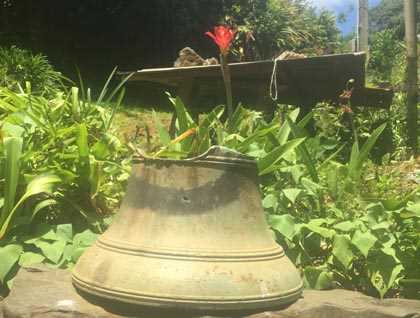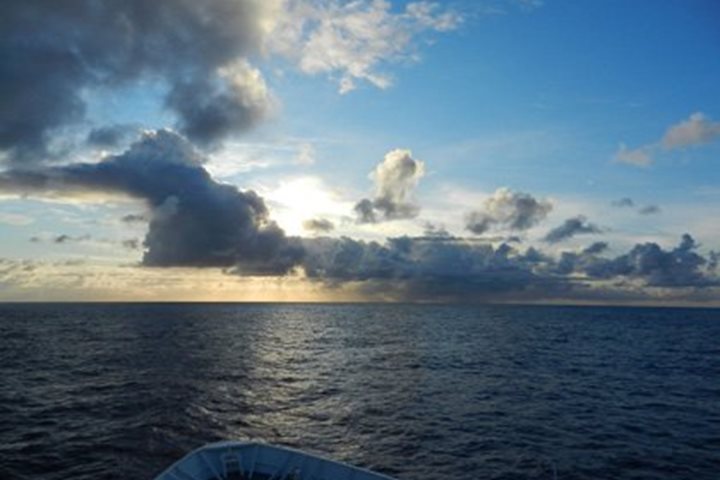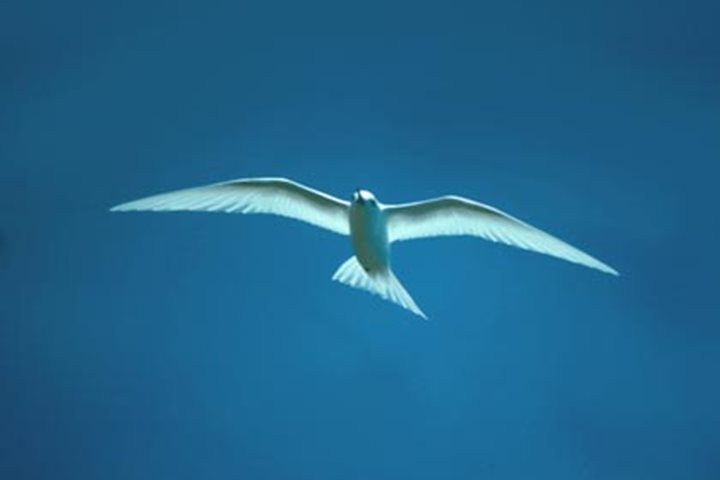Today, against strong winds and persistent swells, National Geographic Orion is headed for Pitcairn Island. We spent the day attending several very useful and interesting photography workshops while some of us were reviewing evening presentations and exchanging information about one of the most remarkable islands in Eastern Polynesia. Once called in academia a “mystery island” due to the disappearance of its pre-European inhabitants around the mid-1400’s, and world-renowned for the infamous mutiny aboard the HMS Bounty in the late 18th century, Pitcairn gave birth to the most unusual human society in this lost corner of the great Southeastern Pacific Ocean and we are eager to meet their descendants and learn about their culture, history, legends, and ways of life. Most lectures today dealt with fascinating topics ranging from ocean studies and the protection of Pitcairn’s waters, to archaeology, geology, flora and fauna.
National Geographic Orion will drop anchor in Bounty Bay tomorrow morning and we will have our first close-up view of one of the most isolated, yet inhabited islands in the world. The number of residents today ranges from 40 to 56, and we learned through some of the data presented by our naturalists that Pitcairn authorities are implementing policies to attract younger relatives living abroad or new immigrants from other countries, to widen the possibilities of preserving the settlement that was founded by Bounty mutineers.
Early in the morning, weather permitting, we begin the exploration of this extraordinarily attractive little island and visit some of its most emblematic sites: Christian’s Cave near the summit of the main mountain, the Eco trail, St. Paul’s Pool, Adamstown Square, and the administrative center. The graveyard is a very interesting place, reflecting the complex history of the island, and a testimony to sometimes unusual life stories. We hope to see the grave of the last mutineer and patriarch of Pitcairn, John Adams, or to get a ride on the only means of transportation available—the ubiquitous ATVs—to more distant location like Tedside, and hear stories about former Polynesian settlement of that area, or walk other trails across the rich vegetation and try to spot some of the unique local birds. Or simply sit in a fallen tree and enjoy the gentle sound of the landscape charged with the reminiscences of the past.







